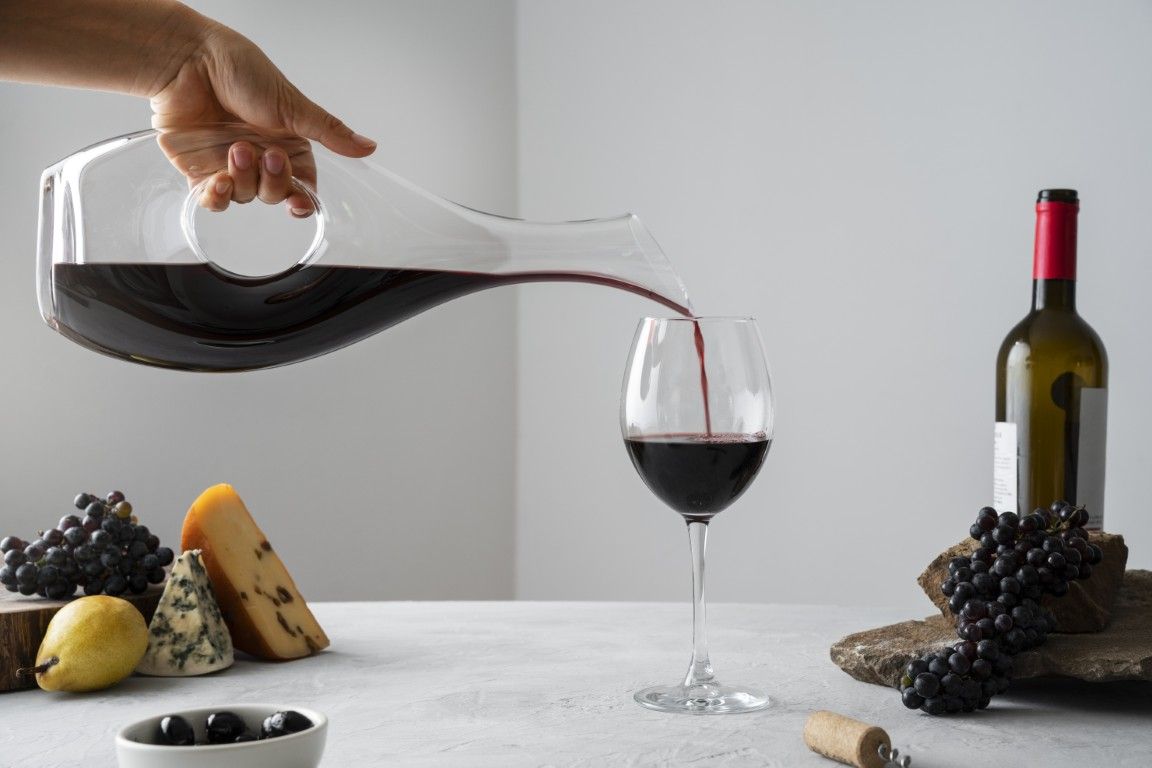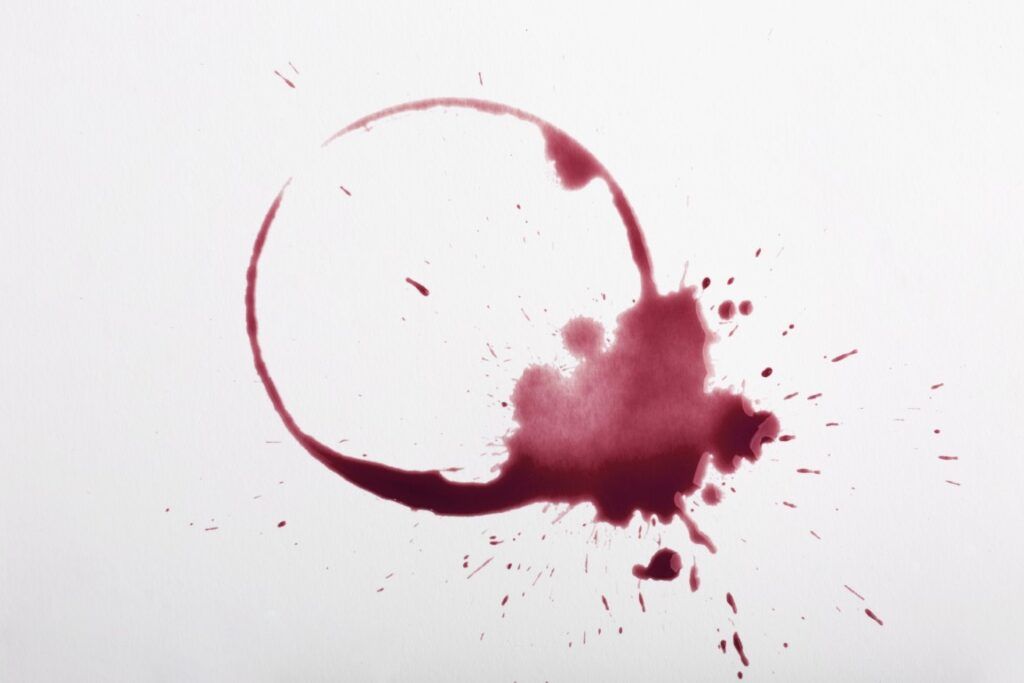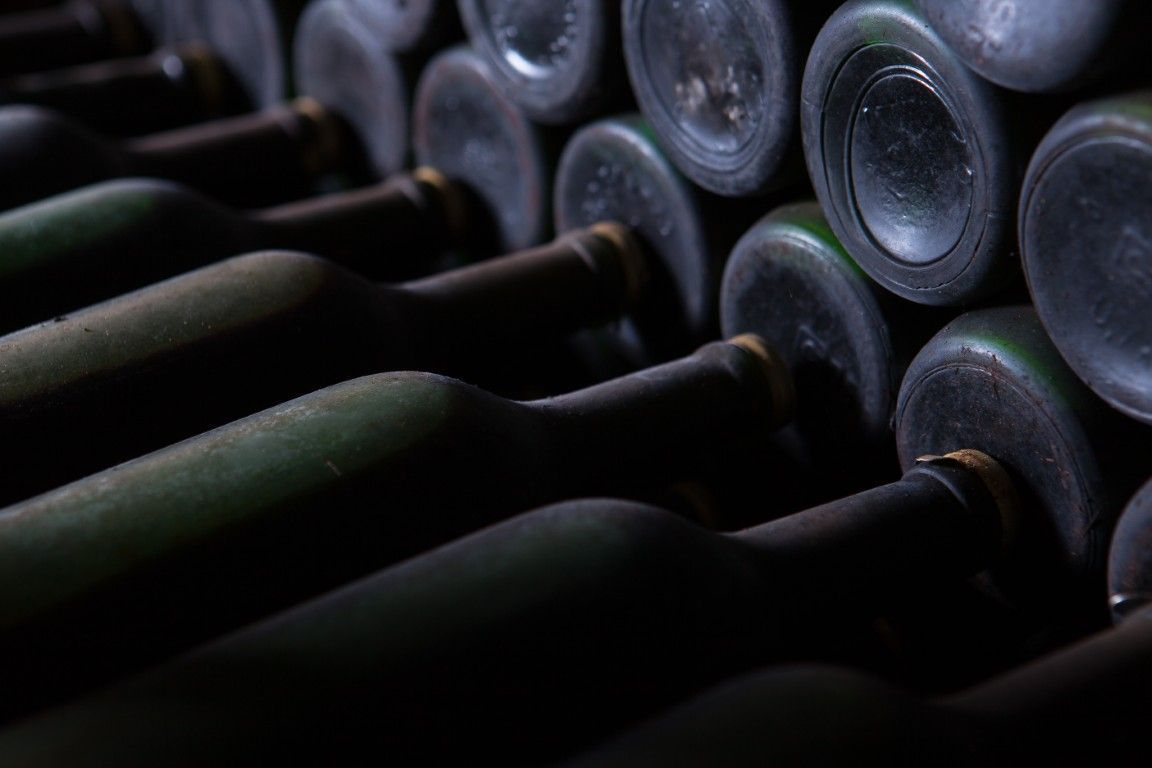Tempranillo grapes are one of the most iconic red varieties in Spain, known for their versatility and high quality in winemaking. One of the most debated characteristics among winemakers and enthusiasts is its acidity level. In this article, we’ll take an in-depth look at the acidity of Tempranillo, the factors that influence it, and the strategies used to balance it during vinification.
Introduction to the Tempranillo Grape
Tempranillo is an indigenous Spanish red grape variety, whose name derives from “temprano,” meaning “early,” due to its earlier ripening compared to other grape varieties.
It is predominantly grown in regions like La Rioja, Ribera del Duero, and Penedès, although its cultivation has spread internationally thanks to its adaptability and quality.
Tempranillo grape clusters are compact, with medium-sized, spherical berries and thick bluish-black skins. This grape is appreciated for producing medium- to full-bodied wines, with soft tannic structure and an aromatic profile that ranges from red and black fruits to spicy and vanilla notes when aged in oak barrels.
Organoleptic Profile of Tempranillo
Wines made from Tempranillo showcase a broad range of sensory characteristics:
- Aromas: In their youth, notes of strawberry, plum, and ripe red fruits stand out. With aging, hints of vanilla, chocolate, tobacco, and roasted notes emerge, especially when matured in oak barrels.
- Taste: On the palate, Tempranillo offers a smooth, silky entry, with soft tannins and moderate acidity. This moderate acidity contributes to a fresh and well-balanced mouthfeel.
- Color: It displays notable color intensity, showing ruby red hues with violet tones in its youth, evolving toward brick tones as it ages.
Acidity in Tempranillo
Acidity is an essential component in wine, contributing to freshness, balance, and aging potential. In the case of Tempranillo, it is characterized by moderate to low acidity, which gives it a smooth and approachable profile.
This moderate acidity is well-suited for wines intended for relatively early consumption but can present a challenge for those aiming to produce age-worthy wines, where higher acidity is desirable for optimal bottle aging.
To preserve freshness and longevity in Tempranillo wines, stoppers play a key role. At Excellent Cork, we offer high-quality wine stoppers designed to maintain the wine’s organoleptic properties throughout aging. Discover how our closures ensure an exceptional tasting experience.

Factors Influencing the Acidity of Tempranillo
Several factors affect the acidity level in Tempranillo grapes:
- Climate: In warm climates, the grape tends to accumulate more sugars and lose acidity, resulting in wines with less freshness. Conversely, in cooler regions or areas with significant day-night temperature swings, the grape retains its natural acidity better.
- Soil: Clay and limestone soils are ideal for Tempranillo cultivation, as they retain moisture and provide nutrients that help balance sugar and acidity levels in the grape.
- Viticultural Practices: Vineyard management—including crop load, canopy management, and harvest timing—directly influences grape chemistry. Early harvest preserves acidity, while later harvests can lead to its reduction.
Strategies to Balance Acidity in Tempranillo Wines
To achieve optimal balance in Tempranillo wines, winemakers use various techniques:
- Blending with Other Varieties: It’s common to blend Tempranillo with grapes that offer higher acidity and structure. For example, Graciano and Mazuelo (Carignan) are often used to increase acidity and enhance the wine’s aging potential.
- Oak Aging: Aging in oak barrels—especially French and American oak—not only adds aromatic complexity, but can also influence the perception of acidity, helping to balance the wine’s flavor profile.
- Enological Adjustments: When acidity is insufficient, winemakers may use vinification corrections, such as tartaric acid additions or deacidification techniques, to achieve the desired balance.
The choice of synthetic stoppers can also affect the preservation of acidity in wine. In our synthetic stopper section, you’ll find innovative solutions that help maintain the wine’s freshness and quality over time.
Frequently Asked Questions About Tempranillo’s Acidity
How does Tempranillo’s acidity affect its aging potential?
Acidity is crucial for a wine’s longevity. In Tempranillo, moderate acidity may limit its aging potential. However, practices such as blending with more acidic varieties or carefully aging in oak can enhance its ability to age, allowing it to develop greater complexity and elegance over time.
Which regions produce Tempranillo with higher or lower acidity?
Tempranillos with higher acidity are produced in cooler regions like Ribera del Duero and Rioja Alta, where cold nights help preserve freshness. In contrast, in warmer climates such as La Mancha or Extremadura, acidity tends to be lower due to faster ripening.
Is it advisable to blend Tempranillo with other grapes to improve acidity?
Yes, this is a common practice. Tempranillo is often blended with grapes like Graciano or Mazuelo, which bring higher acidity and structure, improving the wine’s balance and aging potential.
What foods pair best with low-acidity Tempranillo wines?
Low-acidity Tempranillo wines pair well with roast meats, aged cheeses, and mild stews, as their soft, fruity profile complements these dishes without overpowering them.
How does vintage affect the acidity of Tempranillo wines?
Cooler vintages tend to result in higher acidity, while warmer years lead to lower acidity and reduced freshness. Vintage climate has a major impact on the wine’s final profile.
With this information, you can better understand the acidity of Tempranillo and how it influences its taste, aging potential, and food pairings. Additionally, producers like Excellent Cork, specialists in high-quality synthetic stoppers, help preserve the freshness and longevity of these wines, ensuring that each bottle reaches the consumer in perfect condition.
If you’d like to learn more about how to optimize the storage of your Tempranillo wines and preserve their freshness, we invite you to visit our blog, where we share tips and insights from the wine world. Don’t miss it!





